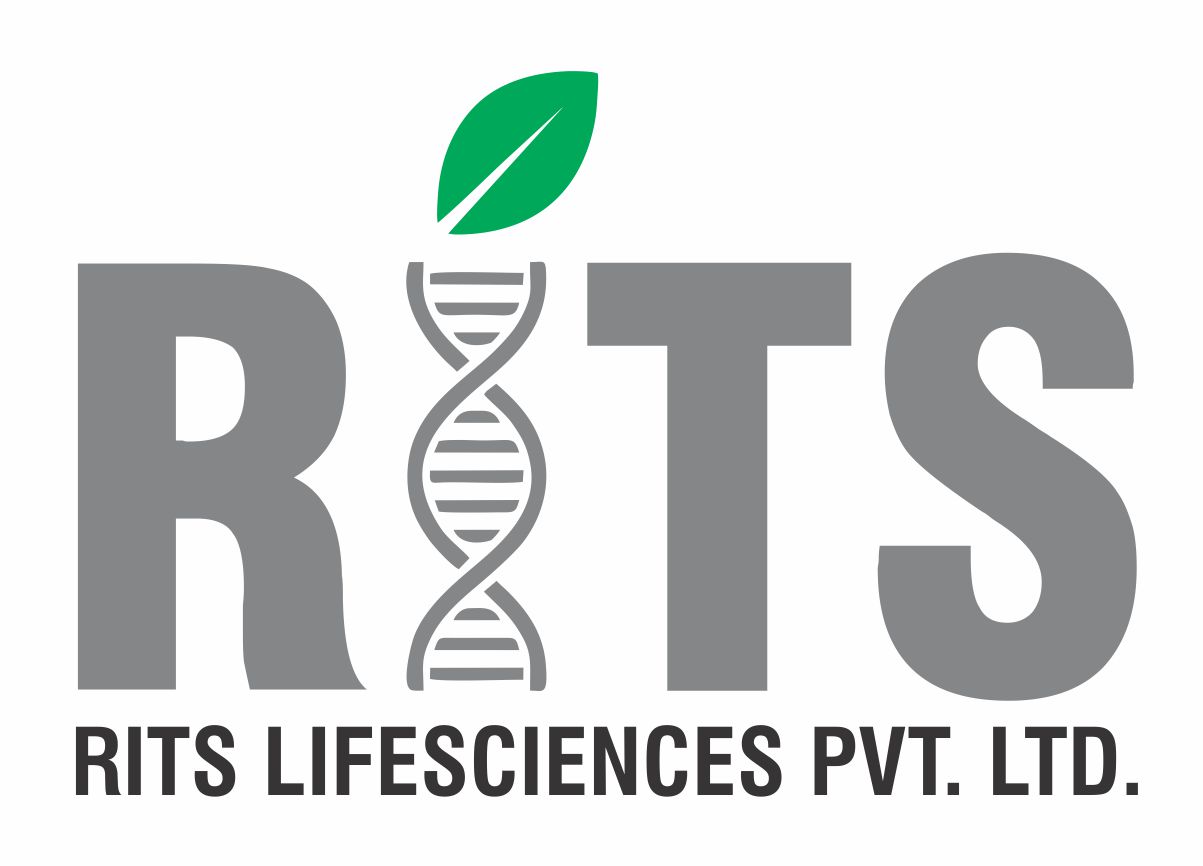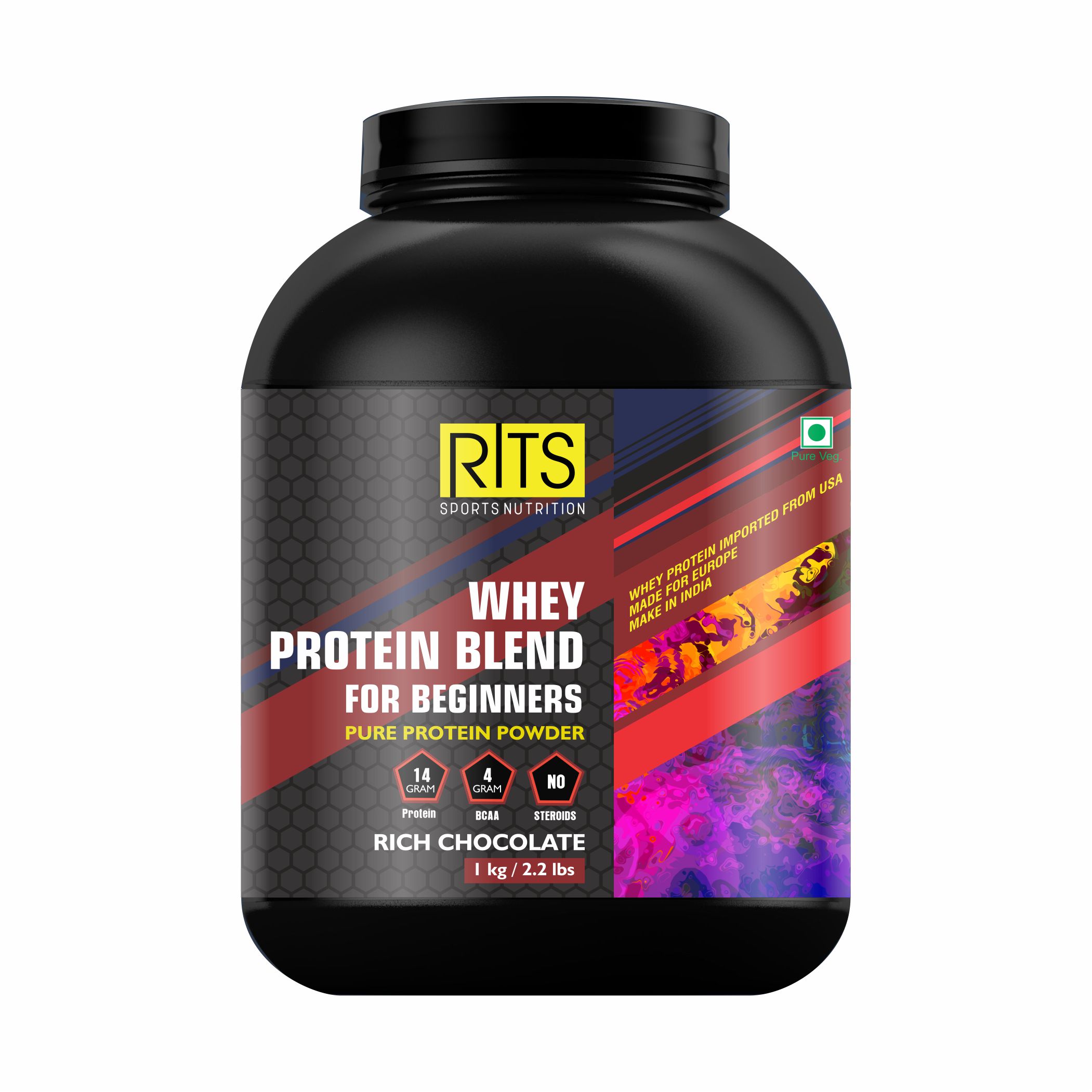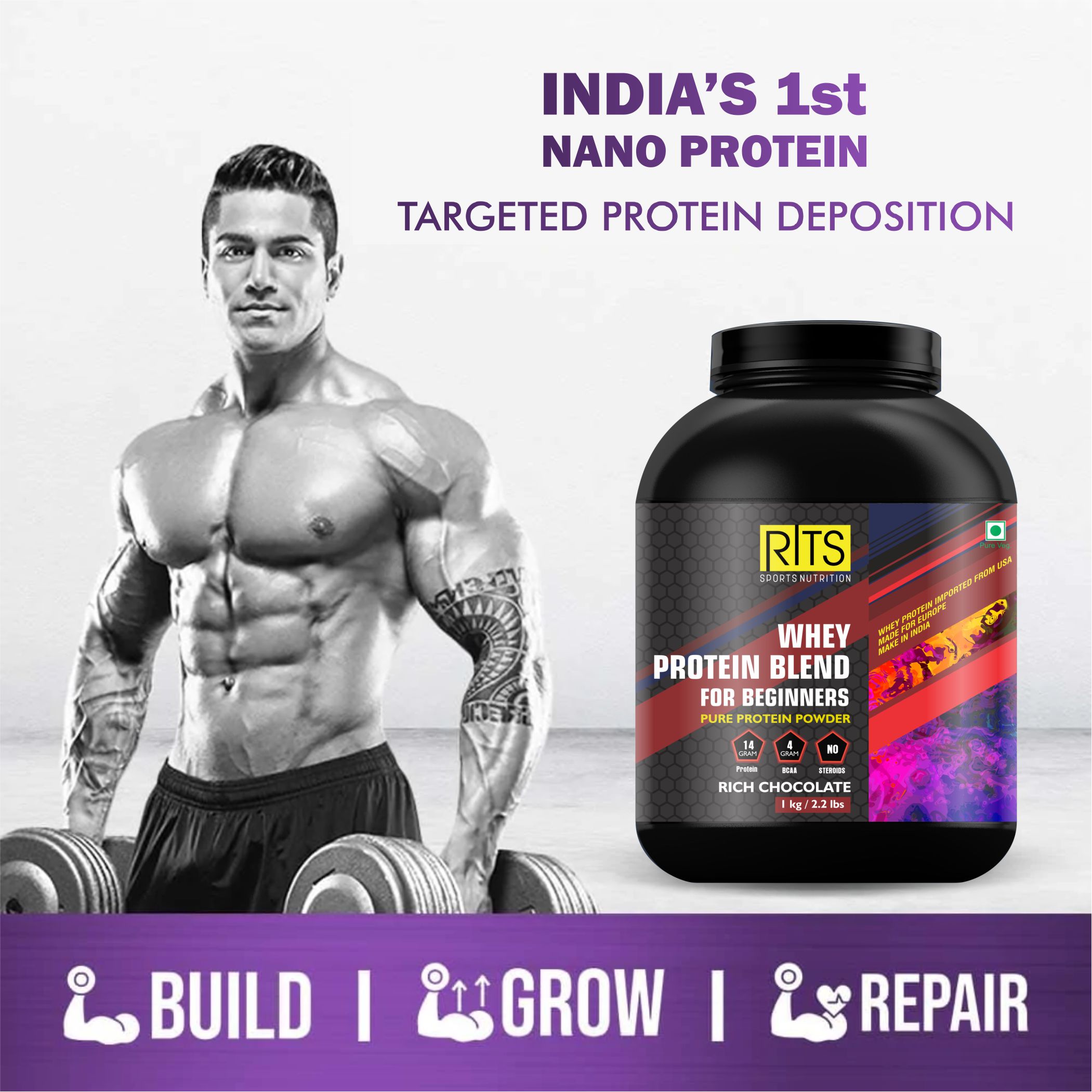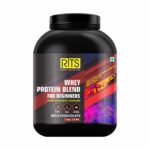Welcome to the world of whey protein – a foundational supplement for many fitness enthusiasts. This guide aims to demystify whey protein for beginners, offering insights, tips, and recommendations to kickstart your journey toward fitness and better nutrition.
Understanding Whey Protein: Briefly explain what whey protein is and its origins:
- Definition and Source: Whey protein is a high-quality protein derived from milk during the cheese-making process.
- Composition: It contains essential amino acids crucial for muscle repair, growth, and overall health.
- Types of Whey: Highlight different types such as whey concentrate, isolate, and hydrolysate, explaining their varying protein content and processing methods.
Benefits of Whey Protein: Outline the advantages of incorporating whey protein into one’s diet:
- Muscle Growth and Recovery: Whey protein provides essential amino acids necessary for muscle repair and growth post-exercise.
- Convenient Protein Source: It’s a convenient and quick way to increase daily protein intake, especially for individuals with busy lifestyles.
- Weight Management Support: Can aid in satiety, helping control appetite and potentially supporting weight loss or maintenance goals.
- Immune System Boost: Some whey proteins contain immunoglobulins that may enhance the immune system.
How to Use Whey Protein: Guide beginners on how to incorporate whey protein into their routines:
- Timing: Suggest using whey protein post-workout to aid in muscle recovery. It can also be used as a snack or part of a meal.
- Dosage: Recommend starting with a serving size as per the product’s instructions or consulting a nutritionist for personalized guidance.
- Preparation: Offer suggestions on mixing whey protein with water, milk, or blending it into smoothies for variety.
Choosing the Right Whey Protein: Provide tips for selecting the most suitable whey protein product:
- Quality Ingredients: Look for products with minimal additives, high protein content, and trusted manufacturing standards.
- Flavor Preferences: Consider different flavors available and how they align with personal taste preferences.
- Reading Labels: Encourage beginners to check nutritional labels for protein content and additional ingredients.
Possible Side Effects and Considerations: Mention potential side effects like digestive issues or allergies for some individuals. Emphasize the importance of consulting a healthcare professional before starting any new supplement regimen, especially for those with existing health conditions.
Conclusion: Embark on your fitness journey with confidence by integrating whey protein into your daily routine. Experience the benefits of improved muscle health and overall wellness.
- Strategically incorporate keywords like “Whey Protein for Beginners,” “Benefits of Whey Protein,” “How to Use Whey Protein,” etc., throughout the content..
- Effective SEO optimization involves not only keyword placement but also providing high-quality and relevant content that resonates with your target audience.








